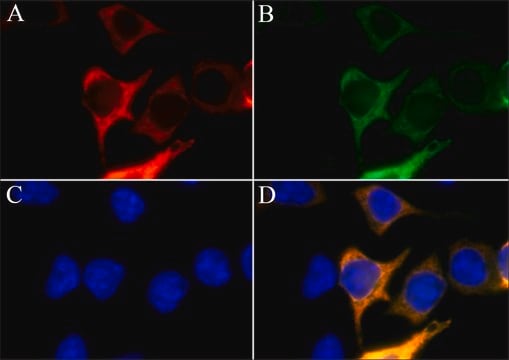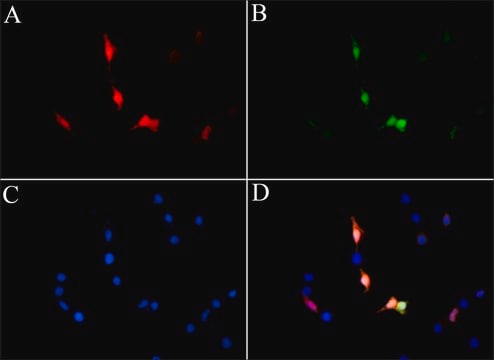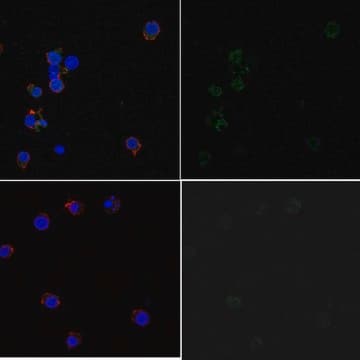MABE1824
Anti-LbCpf1 Antibody, clone 2D5-6G11
clone 2D5-6G11, from mouse
Sinónimos:
Cpf1
About This Item
Productos recomendados
biological source
mouse
antibody form
purified immunoglobulin
antibody product type
primary antibodies
clone
2D5-6G11, monoclonal
species reactivity
Lachnospiraceae, bacteria
packaging
antibody small pack of 25 μg
technique(s)
western blot: suitable
isotype
IgG1κ
target post-translational modification
unmodified
General description
Specificity
Immunogen
Application
Epigenetics & Nuclear Function
Quality
Western Blotting Analysis: 1 µg/mL of this antibody detected LbCpf1 in lysate from HEK293 cells expressing HA-tagged LbCpf1.
Target description
Physical form
Storage and Stability
Other Notes
Disclaimer
Not finding the right product?
Try our Herramienta de selección de productos.
Storage Class
12 - Non Combustible Liquids
wgk_germany
WGK 1
flash_point_f
Not applicable
flash_point_c
Not applicable
Certificados de análisis (COA)
Busque Certificados de análisis (COA) introduciendo el número de lote del producto. Los números de lote se encuentran en la etiqueta del producto después de las palabras «Lot» o «Batch»
¿Ya tiene este producto?
Encuentre la documentación para los productos que ha comprado recientemente en la Biblioteca de documentos.
Nuestro equipo de científicos tiene experiencia en todas las áreas de investigación: Ciencias de la vida, Ciencia de los materiales, Síntesis química, Cromatografía, Analítica y muchas otras.
Póngase en contacto con el Servicio técnico







